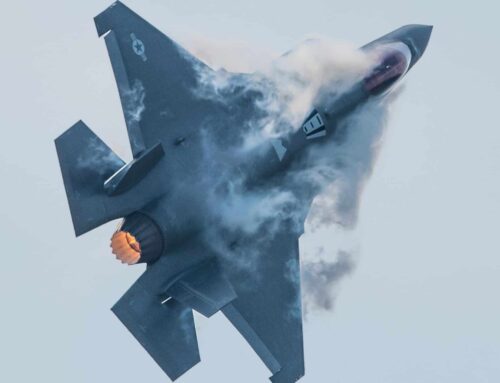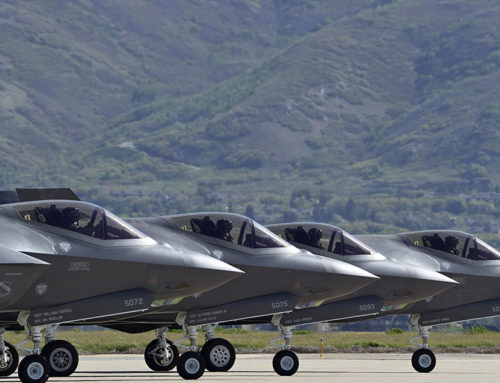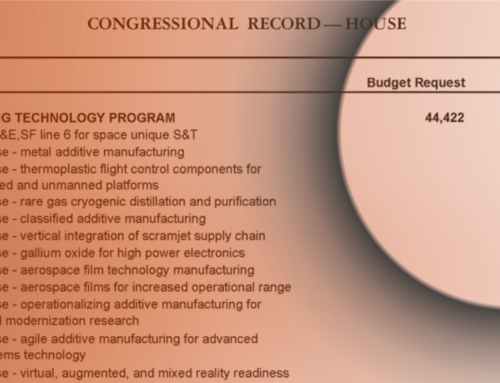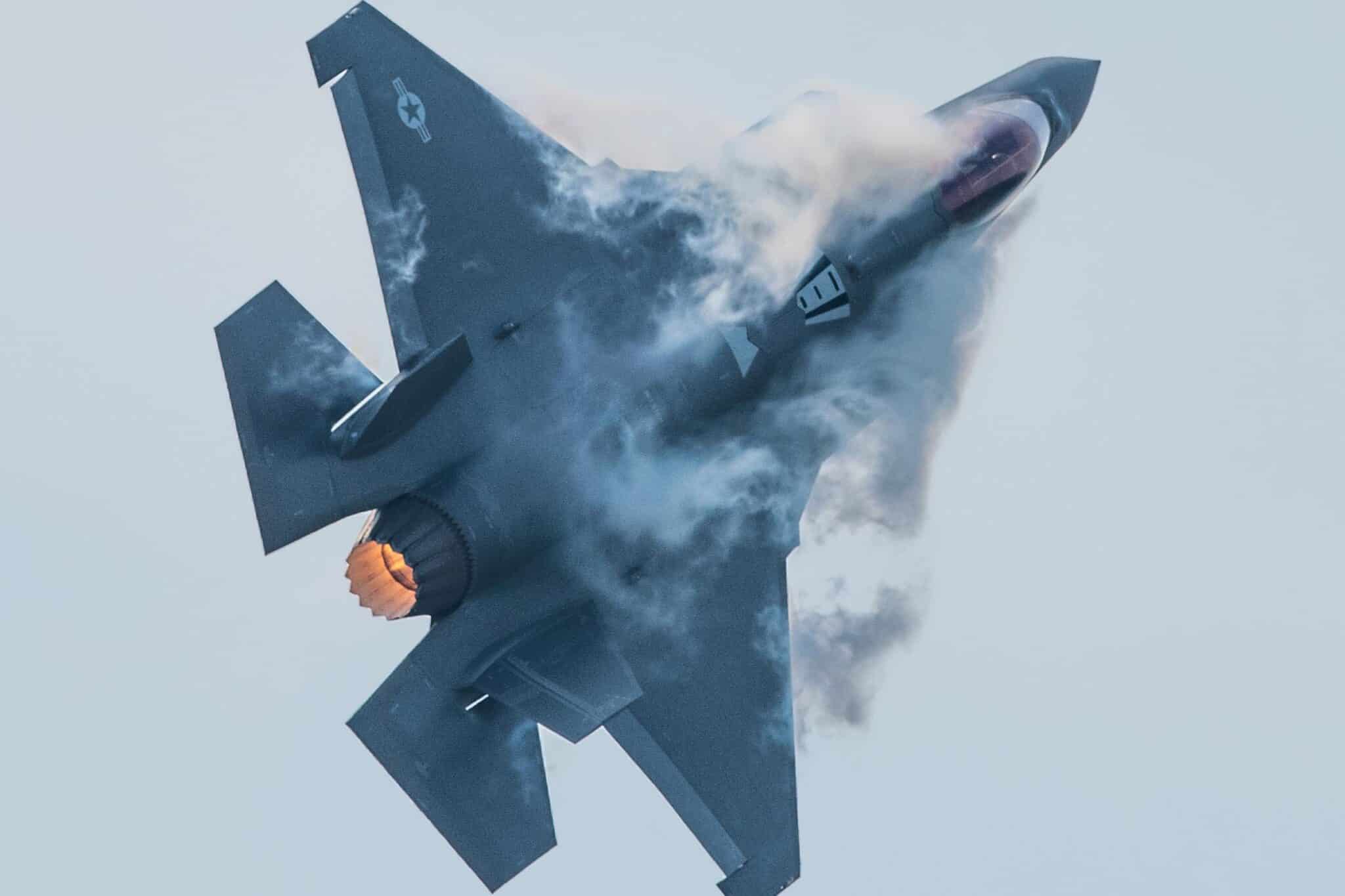The House Armed Services Committee (HASC) is piling on to a trend that started during the Senate Armed Services Committee’s (SASC) consideration of the Fiscal Year 2021 National Defense Authorization Act (NDAA).
Stretch your mind back to what TCS wrote last week about the SASC mark-up of NDAA regarding various Air Force aircraft programs:
“…the draft bill established a minimum number of aircraft for each major mission area in the USAF and prohibits the divestment of aircraft below those minimum numbers. Additionally, no A-10s may be retired. No manned Intelligence, Surveillance and Reconnaissance (ISR) aircraft operated by Special Operations Command may be divested. And there are limits on the divestment of F-15s in the European theater.
“Finally, the Air Force must maintain 386 operation squadrons or “equivalent operational units.”
“That’s a lot of highly directive language, prohibiting the type of operational decisions that should be left to the Pentagon authorities who set the strategy.”
The HASC is taking that lead and running with it. The subcommittee documents, outlining its position on issues relating to Air Force aircraft, would mandate the following restrictions:
- Prohibit the use of FY21 funds, and money appropriated for any subsequent year, to retire or prepare to retire E-8 JSTARS aircraft unless the Pentagon certifies there is a, “replacement capability identified that meets or exceeds the current capability and capacity…”,
- Prohibit through FY25 the retirement of any RC-125 aircraft until 60 days after the Pentagon certifies a replacement capability exists, and
- Prohibit divesting of any EQ-4 aircraft unless the Pentagon can certify that any replacement aircraft would have a lower operating and sustainment cost.
At TCS we appreciate the Congressional intent to make sure that replacement aircraft come at a reasonable cost. However, the Air Force doesn’t typically rush to divest themselves of missions or aircraft. All this highly directive language, keeping a military service from managing its weapons inventory based on its strategy and missions, seems like Congress is trying to preserve missions and aircraft at particular military bases. Because, even though we haven’t had a round of base closure in many years, the specter of closing a base in someone’s district is always on the horizon.
As we said with regard to the SASC actions, this type of micromanagement contributes to Pentagon budgets of over $700 billion per year.













Get Social